Companion plants that weave
meslgh
10 years ago
Related Stories
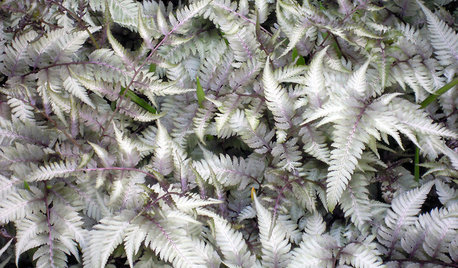
GARDENING GUIDESGreat Design Plant: Japanese Painted Fern Weaves a Garden Tapestry
Bring striking colors and texture to your woodland garden with Athyrium niponicum var. pictum
Full Story
EDIBLE GARDENSGarden BFFs? Why Your Vegetables Are Begging for Companion Plants
Foster friendships among plants for protection from pests, pollination support and color camaraderie
Full Story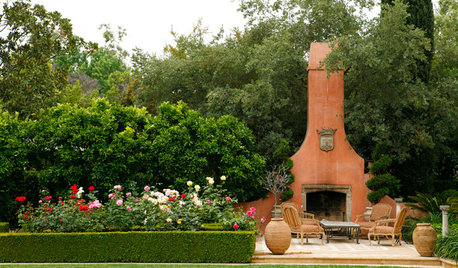
LANDSCAPE DESIGNMake Your Roses Even More Beautiful With These Companion Plants
Nourish your rosebushes and create a visual feast with these 7 classic and unexpected plant pairings
Full Story
DECORATING GUIDESWeave Decorating Magic With This Go-Anywhere Interlocking Pattern
Bold and graphic or muted and subtle, trellis patterns are a great addition to a room and are enjoying a style moment right now
Full Story
ECLECTIC HOMESMy Houzz: Home Weaves a Tapestry of Color and Texture
Crafts, collectibles and souvenirs add a playful vibe to a light-filled home in the hills of Victoria, Australia
Full Story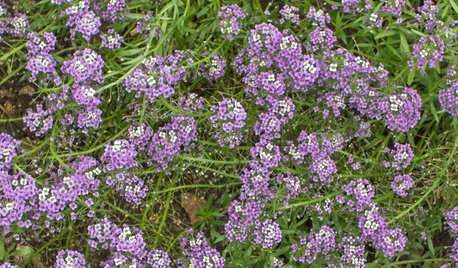
GARDENING GUIDESGreat Design Plant: Sweet Alyssum
This dependable winter bloomer makes a colorful companion in beds, baskets, even rock gardens
Full Story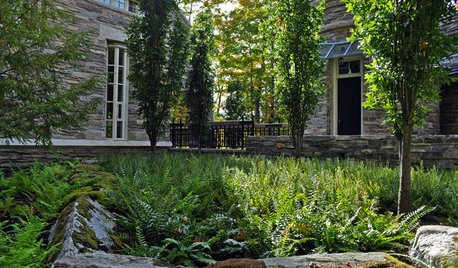
GARDENING GUIDESGreat Design Plant: Woodland Garden Beauty Polystichum Acrostichoides
Eastern U.S. native Christmas fern is a living decoration in the winter woodland garden
Full Story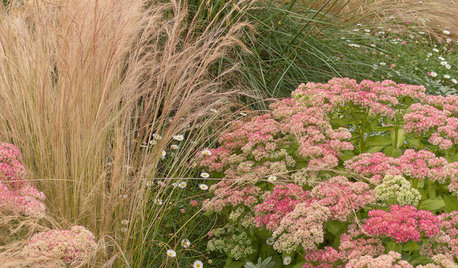
GARDENING GUIDESGreat Garden Combo: 3 Soft-Looking Plants for a Dry Climate
Weave a romantic tapestry with this drought-tolerant combination of plants as tough as they are lovely
Full Story
GARDENING GUIDESGreat Garden Combo: 6 Beautiful Plants for a Shady, Wet Site
Transform a shade garden with moisture-loving golden grasses, textural leaves and a sprinkling of flowers
Full Story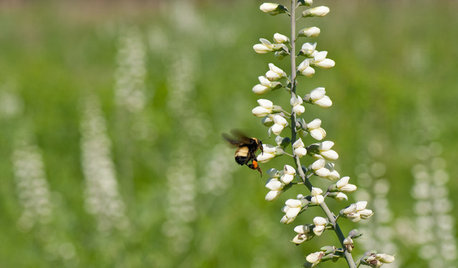
GARDENING GUIDESGreat Design Plant: Please Bumblebees by Planting Baptisia Lactea
Plant wild white indigo in central and southeastern U.S. gardens for its large white flower heads and early-spring interest
Full StoryMore Discussions








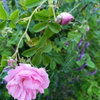

catsrose
zaphod42
Related Professionals
Zion Landscape Architects & Landscape Designers · Choctaw Landscape Contractors · Hurricane Landscape Contractors · Kahului Landscape Contractors · Lewisville Landscape Contractors · Lexington Landscape Contractors · Midland Landscape Contractors · Miller Place Landscape Contractors · Parkland Landscape Contractors · Uxbridge Landscape Contractors · Wallingford Landscape Contractors · Waltham Landscape Contractors · Stafford Swimming Pool Builders · Carmel Siding & Exteriors · North Bellmore Siding & Exteriorsjacqueline9CA
User
Poorbutroserich Susan Nashville
AquaEyes 7a NJ
melissa_thefarm
catspa_NoCA_Z9_Sunset14
Poorbutroserich Susan Nashville
nippstress - zone 5 Nebraska
titian1 10b Sydney
cath41
bluegirl_gw
rosefolly
cath41
lou_texas
User
mariannese
melissa_thefarm
cath41
sidos_house
Holycowgirl
Poorbutroserich Susan Nashville
Holycowgirl
lou_texas
nanadollZ7 SWIdaho
titian1 10b Sydney
nanadollZ7 SWIdaho
plantloverkat north Houston - 9a
Holycowgirl
titian1 10b Sydney
nanadollZ7 SWIdaho
titian1 10b Sydney
Poorbutroserich Susan Nashville
nanadollZ7 SWIdaho
titian1 10b Sydney
nanadollZ7 SWIdaho
titian1 10b Sydney